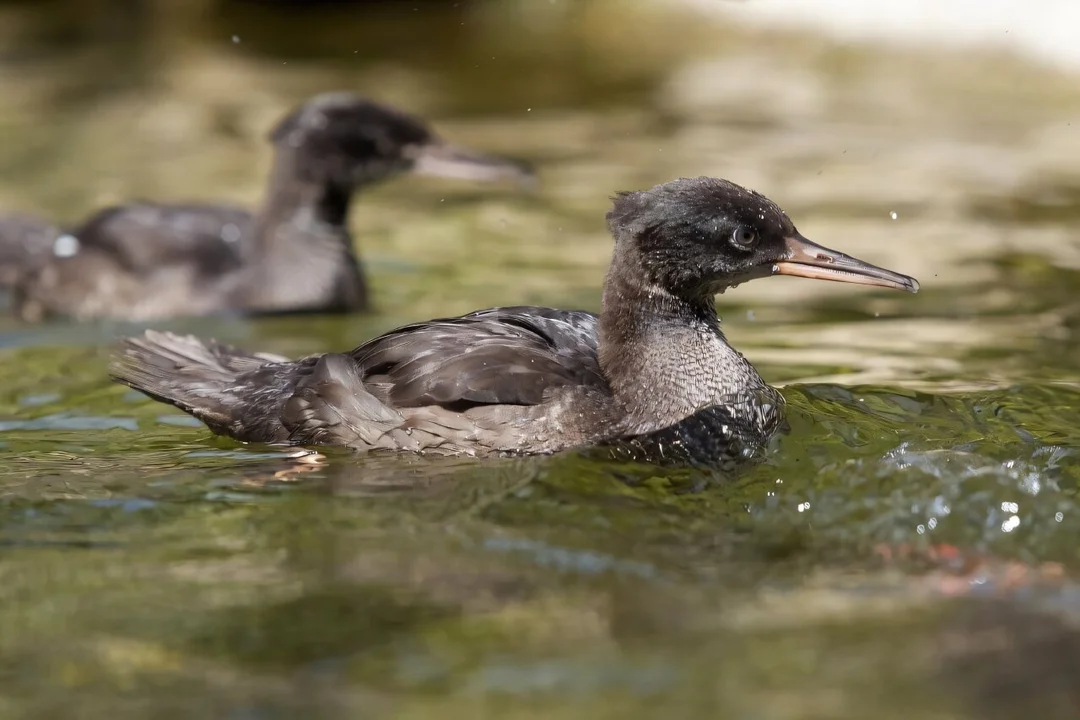
Prague Zoo Breeds Near-Extinct Brazilian Mergansers
The birth of five Brazilian merganser chicks at the Prague Zoo marks a significant step in conservation for this critically endangered species. These chicks, two males and three females, represent a beacon of hope for a bird once thought to be teetering on the brink of extinction.

Originally hailing from South America, the Brazilian merganser is a unique species of duck that primarily inhabits areas with clear, fast-flowing waters. According to Antonin Vaidl, the curator of birds at Prague Zoo, this is the first instance of Brazilian mergansers being born outside their native habitat. The significance of this event cannot be overstated, as the International Union for Conservation of Nature (IUCN) has classified the species as critically endangered since 1994, with a population dwindling to just 249 individuals as of 2019.
Factors such as habitat loss due to dam construction and increasing water pollution have drastically affected the population of this rare bird. "The Brazilian merganser is perhaps the most endangered anseriform," Vaidl explained, emphasizing the urgency of the situation. Efforts to rehabilitate and reintroduce species like the Brazilian merganser into the wild have become crucial as conservationists strive to combat the looming threat of extinction.
In October 2023, the Prague Zoo took a bold step by accepting five breeding pairs from Brazil, a complex decision given the specific environmental needs of the merganser. Each couple requires its own aviary with flowing water to simulate their natural habitat. "It was a tough decision to accommodate five couples, because they cannot be together... which must moreover have flowing water," Vaidl noted. This meticulous arrangement highlights the zoo's commitment to creating the optimal conditions for these birds.
As the breeding program progresses, Vaidl expressed optimism about expanding these efforts to other European zoos. "We hope that other couples will follow suit, because we can see the activity there," he shared. The successful breeding of these chicks could pave the way for future endeavors aimed at repopulating the species in the wild.
The story of the Brazilian merganser underscores the importance of conservation work around the globe. It serves as a reminder that even the most critically endangered species can find resilience through dedicated efforts and innovative breeding programs. As we look to the future, we ask our readers: What steps do you believe are necessary to save other endangered species? Share your thoughts in the comments below!